Philips CDM Mechanisms – Page 1 – CDM-0, CDM-1, CDM-2, CDM-3
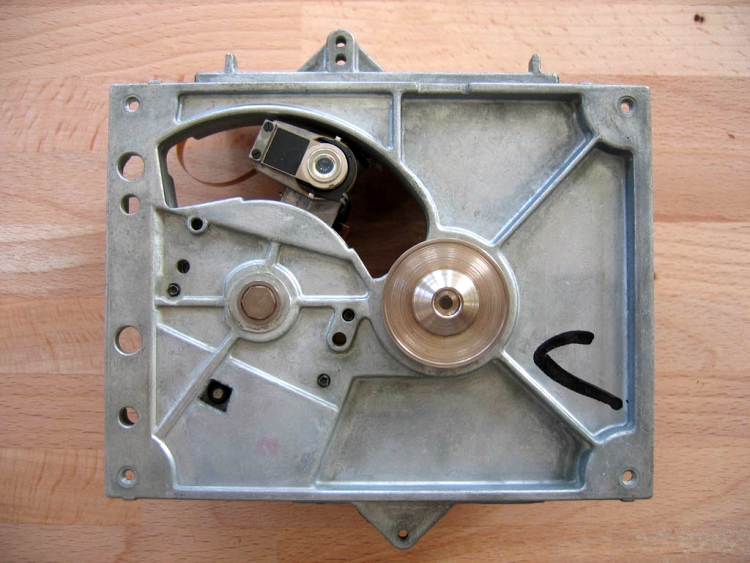
When CD was introduced around 1982, Philips’ CDM transports were made extremely well, to the point of being almost over-engineered
Not only Philips and Maranz used these transports: various other players were outfitted with these massive cast-iron swing-arm Rodenstock glass-lense mechanisms. Today, many of these products are still around, spinning CD’s as happily as before. They still produce excellent sound and as it turns out these transports are virtually indestructible. There’s also an extensive review, a direct comparison between many Philips and Marantz cd players.
Whenever possible I use my own photos, but for this page, I have been reliant on various sources such as the very friendly Stefan Runge, various forums, the Enco website and dutchaudioclassics.nl.
The information about the mechanisms is divided over 3 pages.
Page 1 – CDM-0, CDM-1, CDM-2, CDM-3
Page 2 – CDM-4, CDM-1 mkII, CDM-9
Page 3 – CDM-12, CD Pro
Philips’ pursuit of stable performance led to the development of the single-beam swing-arm system where a balancing counterweight on the opposite side of the optical lens block enables the system to adjust the weight distribution and move the optical system using relatively minimal power. It allowed the overall movement to be controlled using analog servo circuitry and the assembly has proven to be extremely durable.
CDM 0
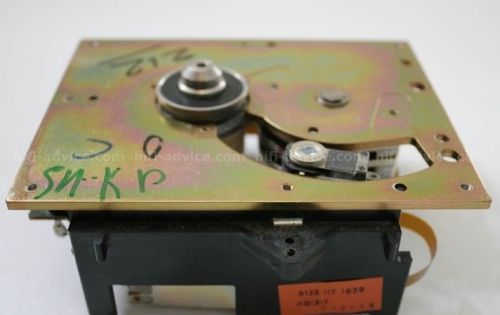
CDM 0 – The original, as used in the prototype cd player called “Pinkeltje”. only shortly used, alledgedly due to difficulties in mass production
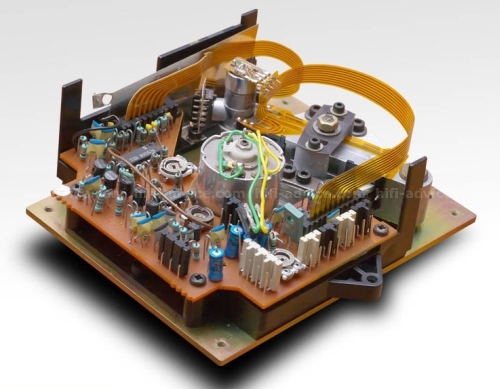
CDM 0 – slightly different from the original, probably a later type
CDM 1
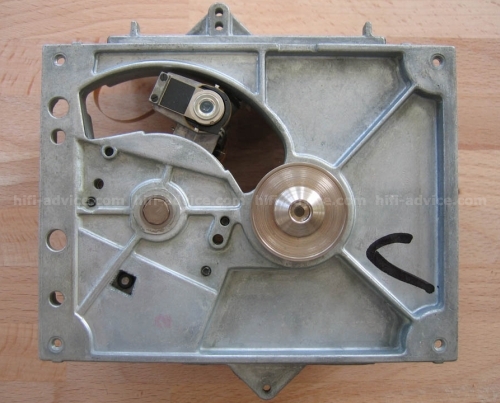
CDM 1 – The Classic, fully made of die-cast zinc.
Used in almost every player of the time, and many of those players, while by over 30 years, are still going strong.
Update October 2020
Many of these players are now actually almost 40 years old and while they will certainly no longer be on spec and in dire need of recapping, most of the players that I encounter STILL work!
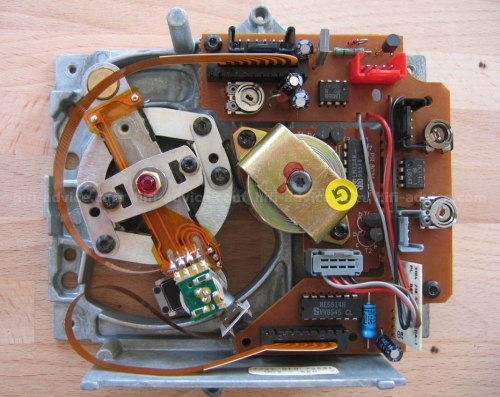
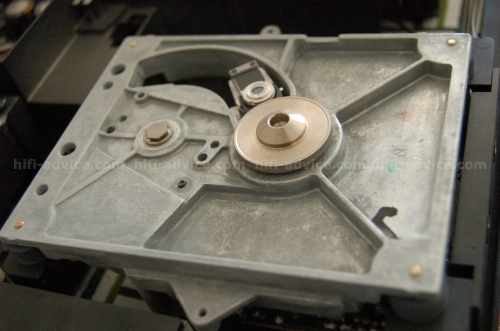
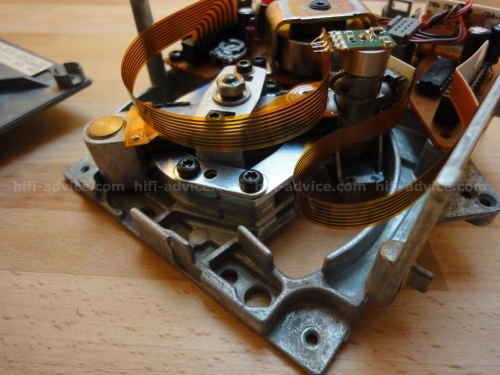
CDM 2
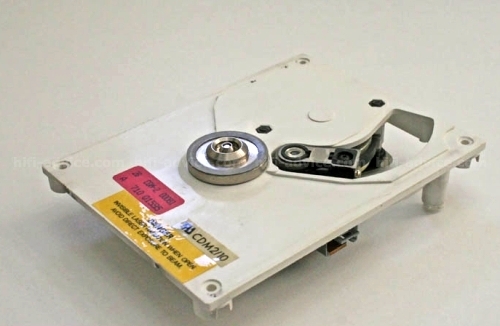
The very rare CDM 2/10 – weight reduction and simplification achieved by using a resin cast top plate instead of zie-cast zinc.
I’ve heard only two players with this transport and both sounded way more average than the ones with the CDM1 transport. Having compared the CDM2 players with many CDM4 players (resin) with many CDM1 players (zinc), there seems to be a correlation in how natural a player sounds. However, because the CDM2 and CDM4 players tend to be entry-level models and there are further differences in terms of power supply, decoder, filter, DAC and output stage, it’s impossible to attribute any audible differences to the transport only. But still, I have a sneaking suspicion that they do have an audible impact.
The CDM2 was actually a white resin-cast version of the CDM1 v3.
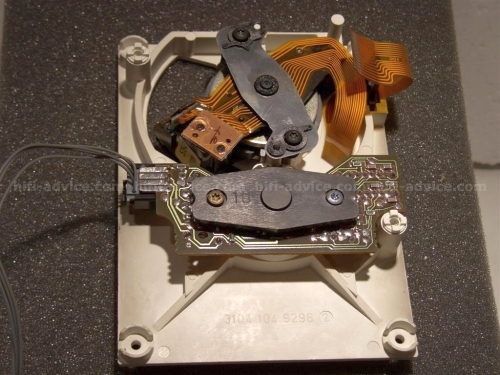
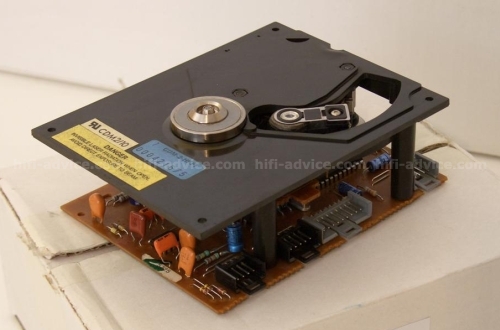
CDM 3
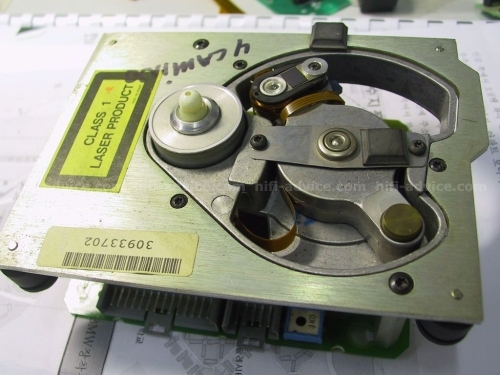
Lightweight and originally designed for use in car audio, the CDM3 was also used by Micromega, Studer, and Luxman.
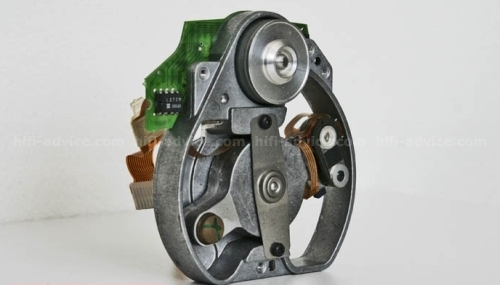
More Mechanisms
Page 1 – CDM-0, CDM-1, CDM-2, CDM-3
Page 2 – CDM-4, CDM-1 mkII, CDM-9
Page 3 – CDM-12, CD Pro
Read Also
Classic Philips and Marantz CD players compared
Inside Pics of classic Philips and Marantz CD players
Philips CD player, DAC, Filter, Decoder, DOBM and Transport List
Marantz DAC and Transport List
Philips timeline
Marantz timeline
CD Mechanism Masterpieces
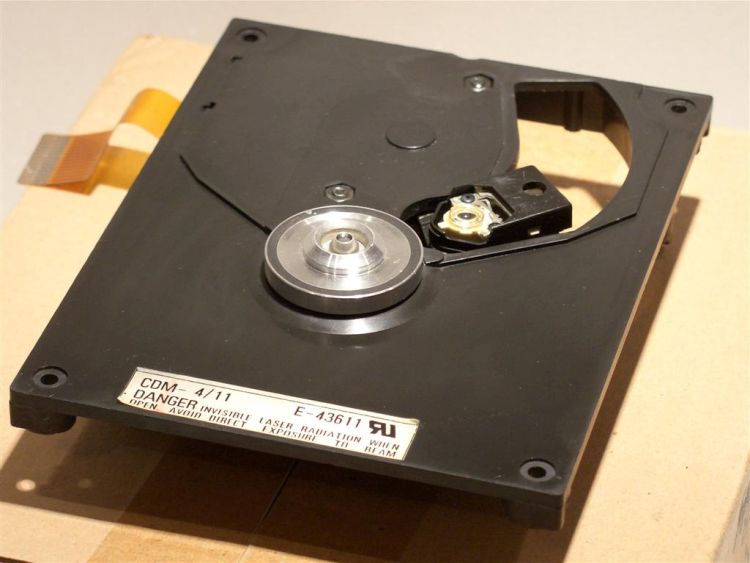
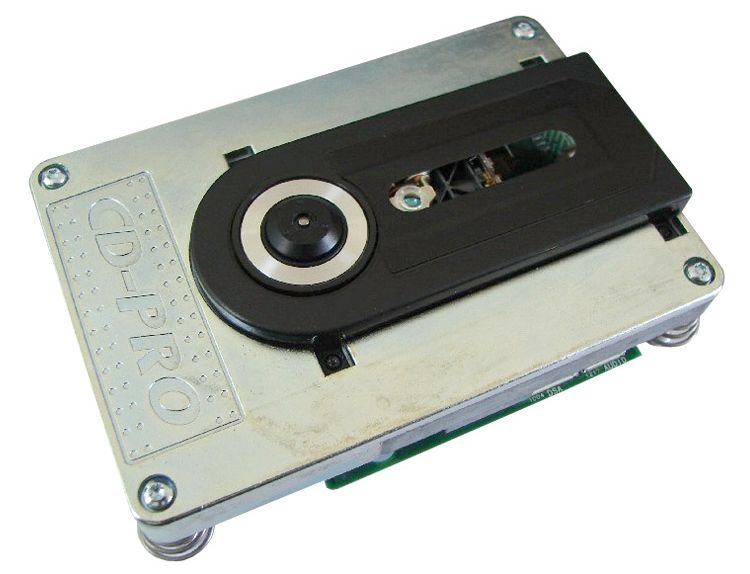
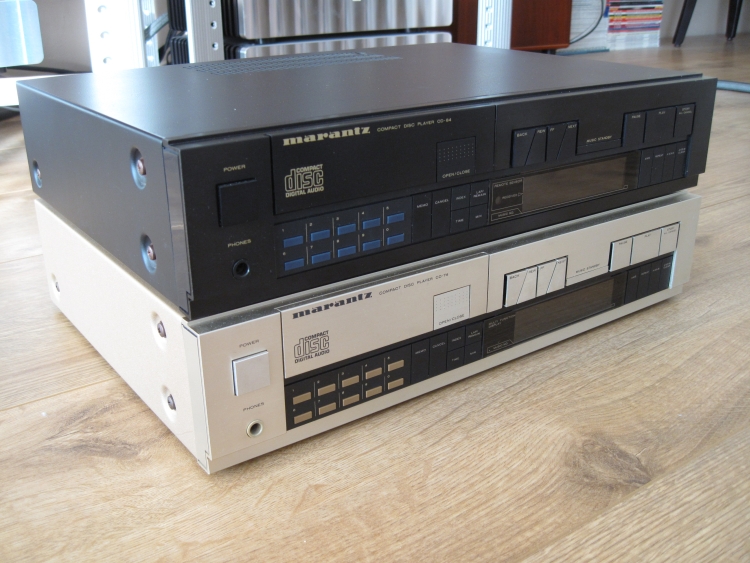
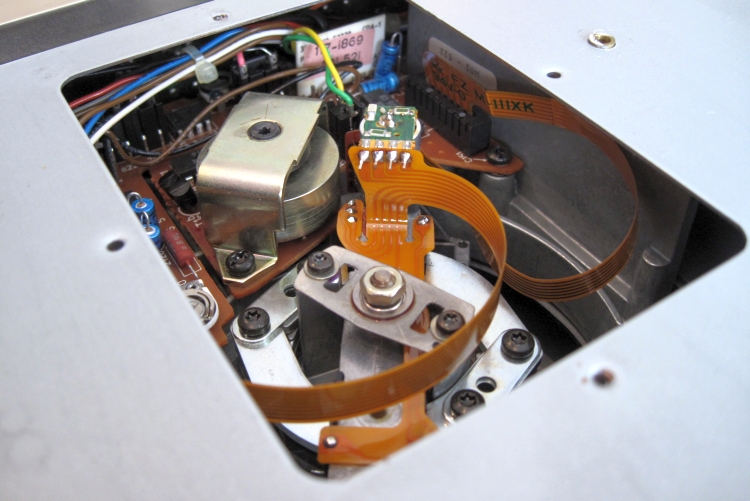
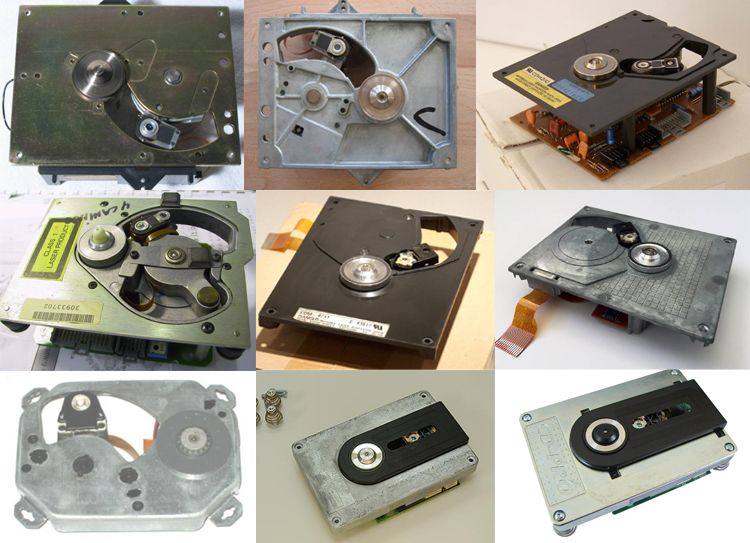
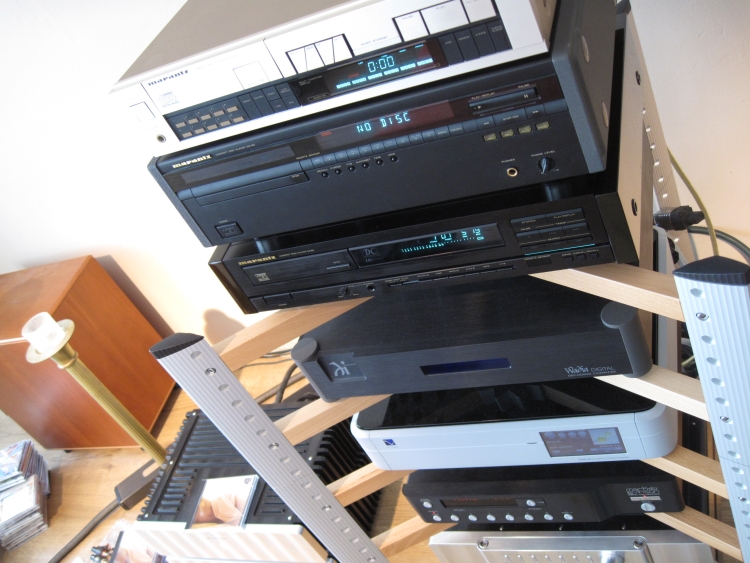
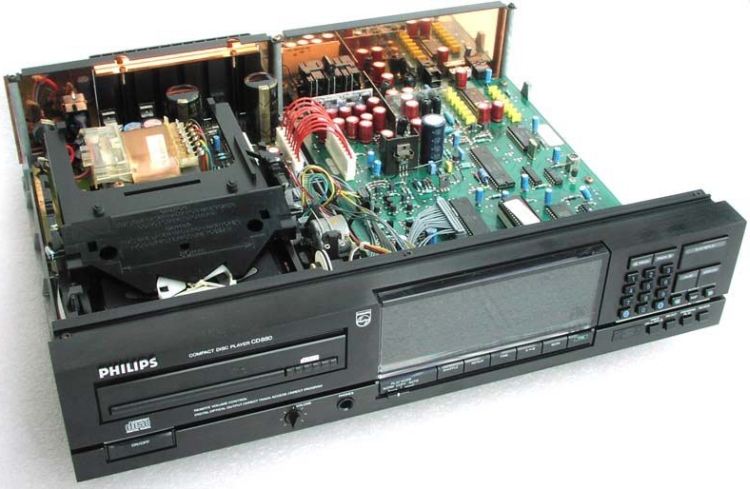
Hola amigos existe algún reemplazo para cdm 1 en un philips cd 200 mi CD 200 no trabaja necesito reemplazar la unidad óptica lente
CDM1’s typically do not die. The lense may need cleaning or the capacitors in the power supply or servo section may need replacement. If you do want to replace the mechanism, you’ll need to find another CDM1, perhaps from another player. Thankfully, they’re in virtually every player from that era.
Hi, thanks for all that useful information, really opened my eyes on the history of Philips based CD players
Quick question, my shop is trying to find a CDM1 mk2 mechanism as mine has failed (Marantz CD75 mk2).
Are all the CDM4 and CDM1 mk2 mechanisms interchangeable?
thanks again
Greg
Hi Greg, nice to hear the article has been of help to you. Good question… CDM4 and CDM1 mkII are largely identical and they just might be compatible indeed, but I’ve never tried swapping them. Do note that these mechs are not self-calibrating and you will need to adjust two potentiometers using a voltmeter according to Service Manual specs. Officially, a calibration CD is required but you can also do it with a stack of CDs and averaging the results. If they are indeed compatible then it will probably work even if you don’t adjust anything but you likely won’t get the best sound possible. When not set ideally, the sound will be slow and rounded.
But are you sure it’s the laser mech itself that has failed? I find that they are very nearly indestructible. Often, the root cause of what seems like a defective laser mechanism is actually a capacitor in the servo part or the power supply.
Thanks for your response, not sure what parts is broken. My Repair Tech says I need a new CDM1 Mk2 mechanism, have to go with what he says.
Problem is that he can’t get a replacement as yet, been looking for 4 months.
Just get another cheap Philips player that also uses the CDM1 mkII and use it as a donor.
will try. Greg
My Cambridge audio CD3 player has a problem with the cd drawer opening slowly when the player is cold, it closes ok. Any ideas on what it could be, it plays fine though.
Either the drawer motor belt is slipping or the gears/rails may require some lubrication. Pls make sure not to use regular grease but special Lithium grease, Teflon grease, or another non-sticky synthetic lubricant and be sure to use only a little.
Thanks for the reply would wd40 lithium grease be suitable?
Actually, I would go with Silicone or Teflon grease/spray only as even white lithium grease contains mineral oil which in the long run can deteriorate plastics.
Thanks will prob use WD40 dry PTFE spray. Out of curiosity do you know anyone/anywhere in the UK that fixes these players or services them now? Thanks for all your help
Hi Steve, that sounds like a good plan. Alas, my awareness of repair shops does not extend to outside the Netherlands.
Hi do you have any links to where I could get transport parts from as I need a new tray as it’s cracked & one of the rollers is missing. Anywhere in Europe would be fine. Thanks again for your help.
Hi Steve, you don’t mention the CD player model, but in any case, spares for these classics are scarce or unobtainium. I would suggest finding out which in other players the same tray was used and use one of those as a donor.
Hi sorry it’s a Cambridge Audio CD3 I know they used a Phillips transport along with other models at the time do you have any model numbers of compatible parts. Thanks again
I always use Vasiltech’s excellent list: http://vasiltech.narod.ru/CD-Player-DAC-Transport.htm. Looking there, I see the transport mech is a CDM-1 or CDM-1 mkII. Alas, that means that any number of loader mechs could have been used. On the upside, these mechanisms are in bucketloads of players of that era. Just search the list for CDM-1 or CDM-1 mkII to find them all. Then, buy one or two players cheap or for parts and hope the same loader is used in one of them.
My Philips CD100 seems to deteriorate. Basically it still plays many CDs, but some only after it’s been running for a while (30-60 mins), if the player is “cold” all I get is more or less discernible crackling noise/music. I’ve already spoken to a local HiFi repair shop with 35+ years of experience (or so they say) and the guy told me the laser is probably in need of replacement but that he can’t source one. Before I buy a NOS unit on Ebay for a lot of money I want to make sure this really is the problem and there’s no other way to get the unit back running normal. Do you have any advise?
This sounds more like aging capacitors (in the main power supply, the servo section, or perhaps even both) than a worn-out laser. These first-generation lasers really do not wear out easily. First, I would take it to someone who can recap it. If that did not fix it then you can always get another CD100 and do some organ-swapping. I doubt that actual NOS CDM1’s still exist. Likely, any such units are actually lifted from a used player.
Thanks for the advise! I’ll try a recap first then.
Hi, nice pages, lovely to see the beautiful images! With regards to racapping the CDM-1servo board, I was wondering if afterwards it’s also necessary to adjust the 2 pots on the board? Generally I try to match all 5 caps to the spec value and this seems to work well. However I have a couple of caps that are +20% of the desired 33Uf value (around 39-40), and am wondering if those can still be used and if adjustment will be necesary in this case or not. I remember from a recap in the past that using a higher than spec value will increase the volume/ make the sound bigger, which is why I prefer to match the values as close to spec as possible. Any tips / comments are much aprpeciated. Regards
I should note that I am not a technician and a good portion of my knowledge is derivative or gained empirically, so any of the following advice should be taken as such. While larger values are not always problematic, nor always need to lead to audible differences, I always try to use same-value caps when recapping. That said, it seems that, for whatever reason, Philips has often used different values than can be read in the Service Manuals. In my experiments, it seems that the precise values, especially for bypass caps, are not so critical. Likewise, readjusting the pots is not strictly necessary as the points of operation are quite forgiving. The drive will just keep working even under non-ideal conditions. But I have noticed that with these 30-year-old players, precise adjustments can often result in a faster and more articulate sound. Unfortunately, the required calibration discs are unobtainium. Note that the position of the one pot affects the values of the other and vice versa. Unless you have the calibration discs or otherwise know what you are doing, I would caution against blindly changing the pot settings. If you do want to dive in blindly, do make sure to mark the positions prior to changing them.
Thanks for sharing your ideas and thoughts on this. I’ll stick to using same value caps as I unfortunately do not have all of the equipment necessary to carry out a precise callibration. Nonetheless the results have always been quite good this way, a big improvement in sound and functionality compared to the old situation, so it’s good enough for me. Thanks again for your input.
Hi,
I have three CD104 players. This Christmas I finally found some time to replace all electrolytic and tantalum caps in them.
Interesting though, all players have a CDM1 mechanism. But one of them has the DC motor of a CDM0 instead of the hall motor!
Seems like an early variant of the CDM1 then?;Also looks as if the player is the oldest among the three.
Unfortunately did not take any pics, just found out when disassembling the second player…
Hi Joachim, interesting! There’s no mention of this in the service manual and I’ve never come across a CDM1 with a regular DC motor. Thanks for sharing.
Hi Christiaan, CDM 3 was also used by Micromega.
Regards,
Dick
Dank, Dick! Heb het toegevoegd:-)
I have a Rowe cd100a jukebox with Phillips CDM3 player. It now does not
read the cds. I think the problem is in the laser pick up. Does anyone know
where I could find one.
It’s rare for these mechanism’s lasers to fail. More likely, it or the power supply needs recapping or readjusting. These drives are pretty much unobtainium now, but you might be able to salvage one from another player that uses it. Pls see the transport list on this site and look for CDM-3.
I have a Rowe CD100A juke with a CDM3 player. Can I replace it with a CDM4
player without major board changes? Also is there any easy ways to acess the screws under the player?
Thanks Dan
Alas – I have no knowledge of these jukeboxes.